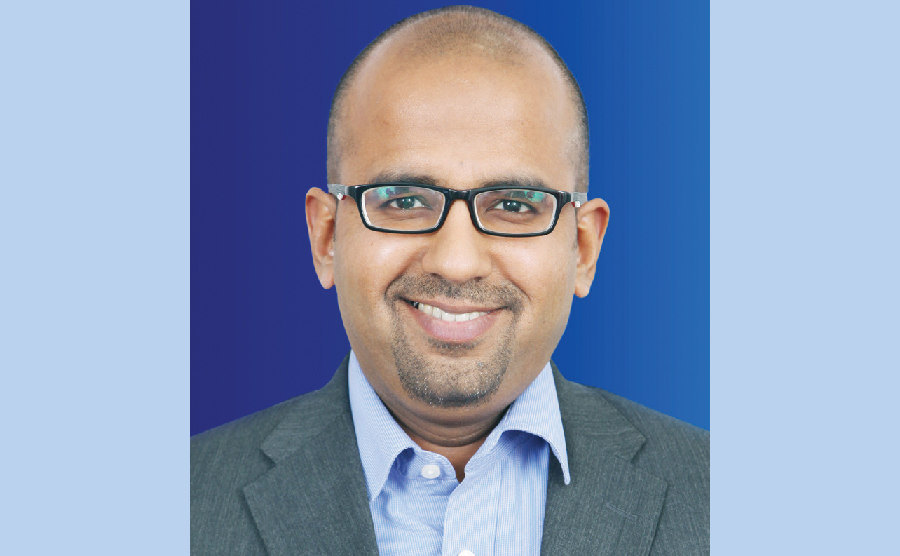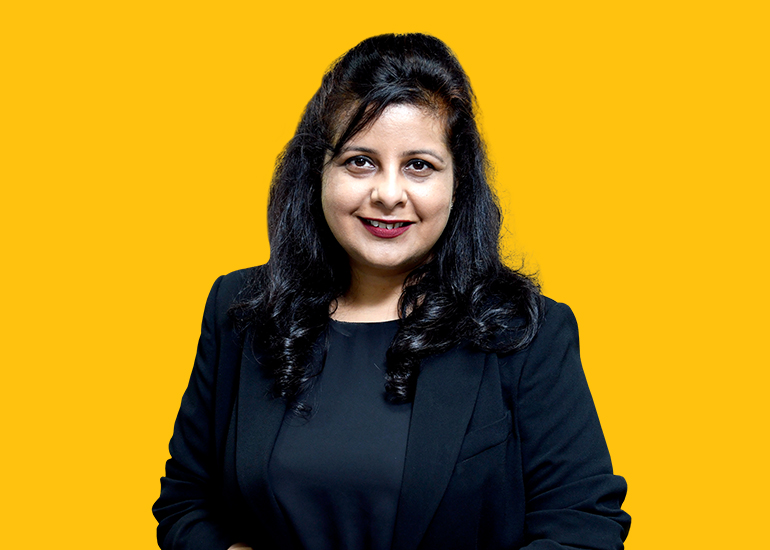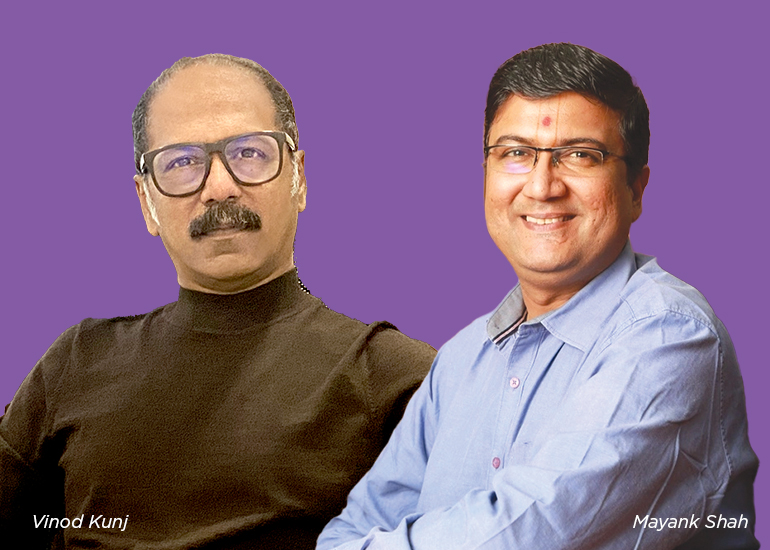On the launch of the 11th edition of KPMG’s Media and Entertainment report in India, titled ‘India’s Digital Future: Mass of niches’, Girish Menon, Partner & Head Media & Entertainment, KPMG India talks about the evolution of India’s digital demography to 2030, the relevance of print as a medium, growth drivers and more…
BREAKDOWN OF DIGITAL USER PROFILES: The first adapters of the internet are the ‘Digital Sophisticates’, whose numbers are expected to go up to 75 million by 2030. The second are elements of the mainstream who will start graduating into digital enthusiasts as their per capita levels increase. At the third level are digital mainstream users from rural towns who are new to the internet and will get added to the market in the next five years. There are also the fringe users, who are sporadic in their internet usage and make up a small element. At the other end of the spectrum, are the Gen Z and Gen Y, whose lifestyle is digital-first. Digital mainstream will be the largest element in 2025 and digital enthusiasts are set to be the largest audience by 2030.
ON PRINT STANDING STRONG: Print, especially regional will continue to grow in India, even if not at the same level as that of TV, because the bulk of the growth and users come from the rural markets, where the digital evolution is still lagging and may not even reach a level of digital sophistication in the next 10 years. Factors like culture and language in Print will continue to be relevant, but to survive, the medium will have to start thinking beyond the traditional newspaper.
ON WORD-OF-MOUTH BEING SECONDARY: The two main reasons for marketers not using word-of-mouth as a primary part of their marketing mix is due to a lack of measurability and control, in terms of media planning or specific data points. There is a lot of focus around relevant influencer marketing, but there’s also a lot of fake metrics doing the rounds, which is a challenge. Unless these issues are tackled, word-of-mouth will not become a primary mode of marketing.
E - PAPER
Advertisment
DIGITAL MAINSTREAM TO BE KEY ELEMENT IN 2025: KPMG
Girish Menon, Partner and Head, Media and Entertainment, KPMG India talks about the evolution of India’s digital demography, the relevance of regional print as a medium, and more…
 BY
Eularie Saldanha
BY
Eularie Saldanha
26th August 2019

- TAGS :
- Talking Point
RELATED STORY VIEW MORE
TOP STORY

Who is the right choice, baby?
As the number of celebrity endorsements keep rising, in an ever competitive ad world, the question remains: What creates impact? The celeb or the content?
NEWS LETTER
Subscribe for our news letter
E - PAPER
-

CURRENT 
LAST WEEK
Subscribe To Impact Online
IMPACT SPECIAL ISSUES

demo
Anupriya Acharya Tops the IMPACT 50 Most Influenti
Advertising Turbocharged
A Toast to creativity
GOAing towards tech-lead creativity
REDISCOVERING ONESELF
50 MOST INFLUENTIAL WOMEN LIST 2022
BACK WITH A BANG!
Your Best Coffee Ever
PR Commune Magazine June-July 2022
13th-ANNIVERSARY-SPECIAL
PR Commune Magazine April 2022
VIDEO GALLERY VIEW MORE

Use your existing account to sign in





